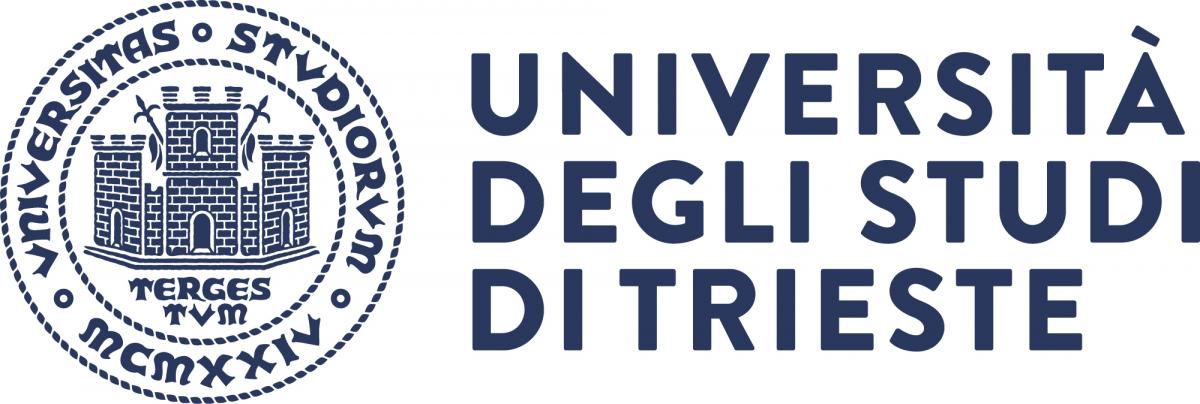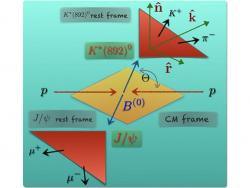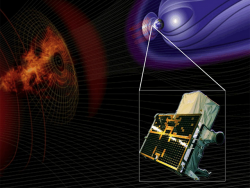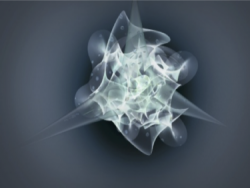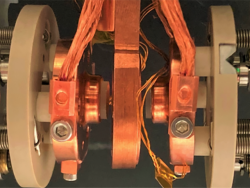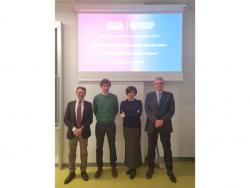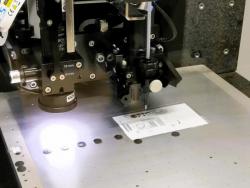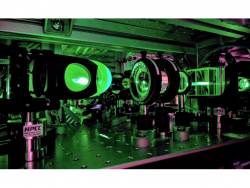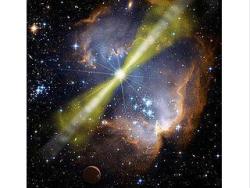- Home
- Dipartimento
- Ricerca
- Didattica
- Post Lauream
- Trasferimento della conoscenza
- Come fare per
COSMIC-POT: new challenges in the nucleosynthesis of the heavy elements- Observations, Models and innovative Instrumentation
Progetto di ricerca:
COSMIC-POT: new challenges in the nucleosynthesis of the heavy elements- Observations, Models and innovative Instrumentation
This proposal exploits the complementary expertises of its participants to focus on the origin of chemical elements with implications for a broad variety of topics in astrophysics. We specifically aim to investigate the neutron capture (nc) elements that are key tools for stellar physics, Galactic archaeology and stellar age determination. Nuclear fusion reactions in stars are responsible for the formation of elements up to nickel (Ni), but heavier elements require n-capture reactions to be synthesised. Neutron accretion can be slow or rapid relative to the neutron decay time, and depends on the neutron flux impacting the Fe atoms. Neutron fluxes can occur either quietly in the evolution of stars of various masses, or explosively in energetic processes, such as neutron star mergers or magnetically driven core collapse supernovae. Both processes are still not completely understood, and many unresolved questions can be addressed by combining new observations within the Milky Way, and benefiting from the next generation instrumentation and modelling techniques.
Here, we propose to address these open questions with a multidisciplinary approach: by exploiting the available data of the large spectroscopic survey Gaia-ESO that provides abundances from high resolution stellar spectra of the metal-rich populations of the Galaxy; these data will be complemented by those of the MINCE survey, reaching intermediate-to-low metallicity ([Fe/H] between -1.5 and -2.5 ), and by the new WEAVE data, going down reaching stars of metallicity as low as [Fe/H] =-4.5. Then, we will use our expertise in modelling chemical evolution of the Galaxy for interpreting observational data, employing innovative galactic chemical evolution (GCE) models such as a stochastic one to interpret at best the Galactic halo components and a two-dimensional GCE model to interpret the evolution of the Galactic disc components, including the metal-weak thick-disc (Carollo et al. 2019).
The comparison of models and observations will allow us to investigate some key issues, such as the role of magnetic fields in the evolution of low-mass stars and their associated enrichment, and the contribution played by mergers of neutron stars and supernovae in the production of nc-elements. Moreover, our study will be of fundamental importance in understanding the methods for measuring stellar ages by using abundance ratios.
Finally, we propose a preparatory work, based on technical and scientific aspects, to provide a concept study for a newly-designed, multi-object, high-resolution and high-efficiency spectrometer, for the ESO Very Large Telescope. This instrument is one of the most requested by the astronomical community, and will fill the gap that new surveys at medium resolution (e.g., WEAVE, 4MOST) cannot cover, providing abundances for a full range of nc elements, and pushing its spectral range towards the blue range, where the absorption lines of such elements are dominant.
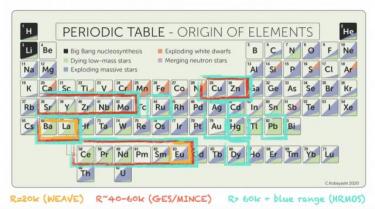
Responsabile scientifico:
GABRIELE CESCUTTI

Data inizio:
22/08/2023
Data fine:
31/12/2025
Finanziatore:
MINISTERO DELL'UNIVERSITA' E DELLA RICERCA
Acronimo:
COSMIC-POT
| Persona | Ruolo | |
|---|---|---|
| Dott.ssa Melissa Amati | Progetti di ricerca - Partecipante; |

|
| Francesca Apollonio | Progetti di ricerca - Partecipante; |

|
| Prof. Gabriele Cescutti | Progetti di ricerca - Responsabile scientifico; |

|
| Dott. Chi Thanh Nguyen | Progetti di ricerca - Partecipante; |

|
| FEDERICO RIZZUTI | Progetti di ricerca - Partecipante; | |
| Dott.ssa Irene Spagnul | Progetti di ricerca - Partecipante; |

|
Ultimo aggiornamento: 11-09-2025 - 23:10

